
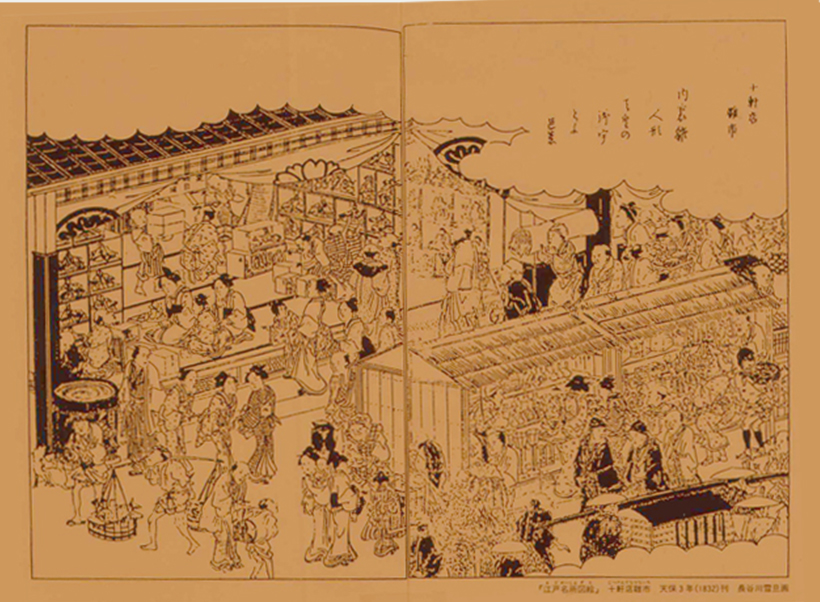
初代 久左衛門お江戸の空の下久月誕生
- Kyuzaemon (founder)
- Establishment of Kyugetsu in the Edo Period
Kyuzaemon Yokoyama posted the Kyugetsu nameplate on his premises along the Kanda River in the cool early-spring breeze of May 1835, marking the foundation of the company as a hina doll wholesaler. At the time he was 40 years old – known as the age free from vacillation in Confucianism. Amid public anxiety due to food shortages and other issues, the Edo Shogunate was focusing on limiting household expenditure, but series of comic novels and love stories remained popular.

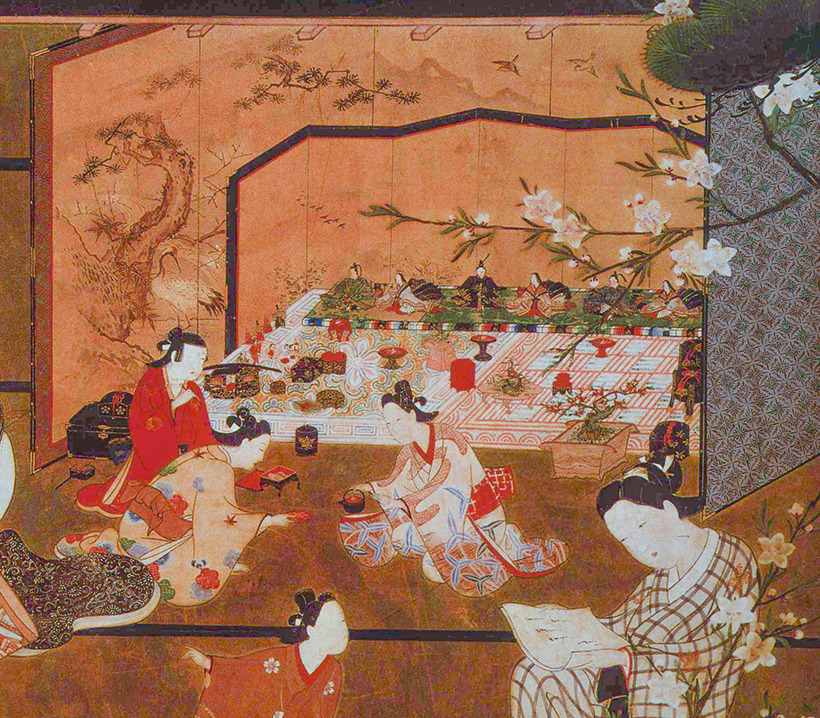
初代 久左衛門不惑からの出発‐初代・久左衛門
- Kyuzaemon (founder)
- A 40-year-old entrepreneur
Kyuzaemon had been fascinated by hand-crafted kites, spinning tops and the like from a very young age, and found great joy in making dolls as a young man. His inborn cleverness, artistic taste and originality made his dolls very popular locally, and his easy-going nature made him keen to meet demand. He eventually started the Kyugetsu doll manufacturing business at the age of 40, but was unable to fully devote himself to his passion. Toward his ambition of producing fine dolls, he first had to feed his family by also making regular children’s toys.

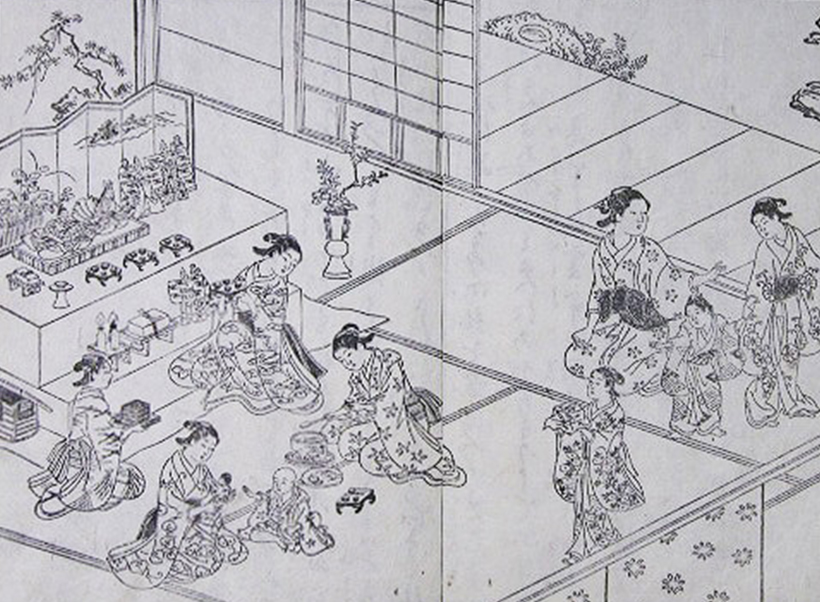
二代目 久兵衛先を見通す才覚、二代目の決断
- Kyubee (second head)
- The foresight of the second corporate head
At the age of 30, Kyuzaemon’s successor Kyubee made a crucial decision to move the business to the town’s Kaya-cho 2-chome area. He set his 10-year-old son up as an apprentice to Tokubei Yoshinoya, whom Kyuzaemon had met at a large doll and toy wholesaler, in Kaya-cho 1-chome. Unlike his father, who was an idealist with an artistic nature but poorly versed in worldly affairs and business, Kyubee was a realist with massive potential in the doll industry. Having his son learn the business under the leading doll and toy wholesaler Yoshinoya provided the youngster with the capability to be a fine merchant. Kyubee aspired for his son to become a leading doll wholesaler based on assimilation from the master Yoshinoya

三代目 久兵衛大問屋奉公で育った三代目
- Kyubee (third head)
- he apprenticeship of the third head with a large wholesaler
The young Kyubee underwent a formal apprenticeship with a large, long-established wholesaler from the age of 10, learning all about how business was done. As a clever and determined child, he gradually learned the trade and was promoted to the position of second-ranking chief clerk. After 18 years of apprenticeship, he was allowed to set up a doll wholesaler called Yoshinoya Kyubee

四代目 久兵衛屋号久月の復活
- Kyubee (fourth head)
- Revival of the Kyugetsu trade name
Yoshinoya Kyubee, based on expertise acquired through his apprenticeship to the long-established wholesaler, taught commerce to his son, also called Kyubee, who took over the shop at age 23. The younger Kyubee’s first action was to revive the shop name Kyugetsu as established by the founder. The fourth Kyubee owner – a prescient individual capable of promptly perceiving changes in the distribution system – was one of the first in the doll industry to introduce products at a labeled price at a time when selling at inflated prices was the norm. This was in the Meiji Period, and with the start of this new age of civilization and enlightenment, the fourth Kyubee opened a shop under the Kyugetsu hina doll wholesaler brand.

五代目 正三・六代目 華久郎
- Shozou (fifth head)・Kakurou (sixth head)
The Kyugetsu Sohonten nameplate at the main entrance of the corporate headquarters was produced at the beginning of the Showa Period when the company was managed by its fifth owner. It was penned by master calligrapher Toyomichi Shunkai, who was also the chief priest of Ketokuin Temple at Kuramae in Asakusa. The nameplate was originally on a large three-story warehouse store on Kuramae Street (today called Edo Street) among rows of single-story houses. This Edo-period store was damaged in the Kanto Earthquake of 1923, but was later restored to maintain its exquisite Edo style. It was renovated in 1976 and remains in this form today.

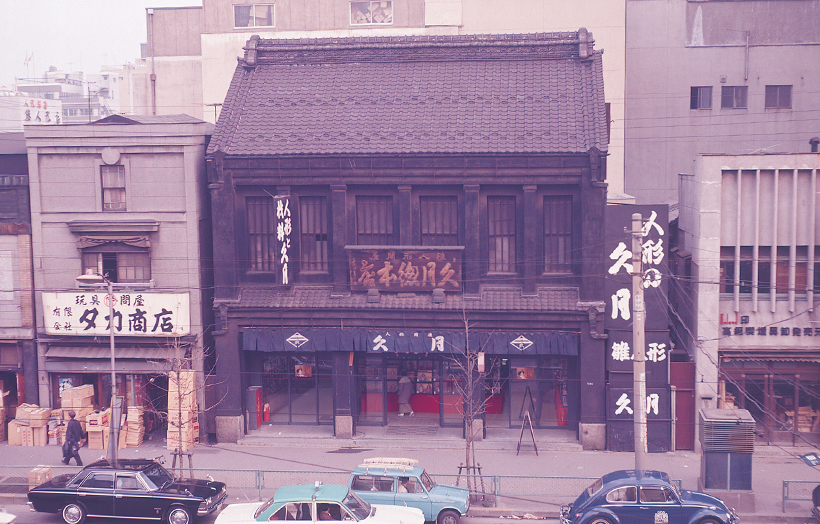

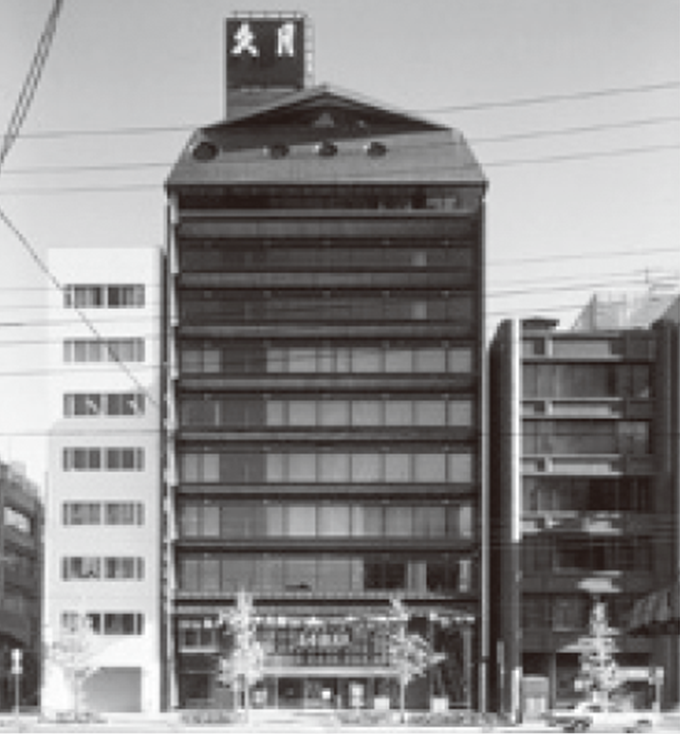
七代目 久吉郎
- Kyukichirou (seventh head)







